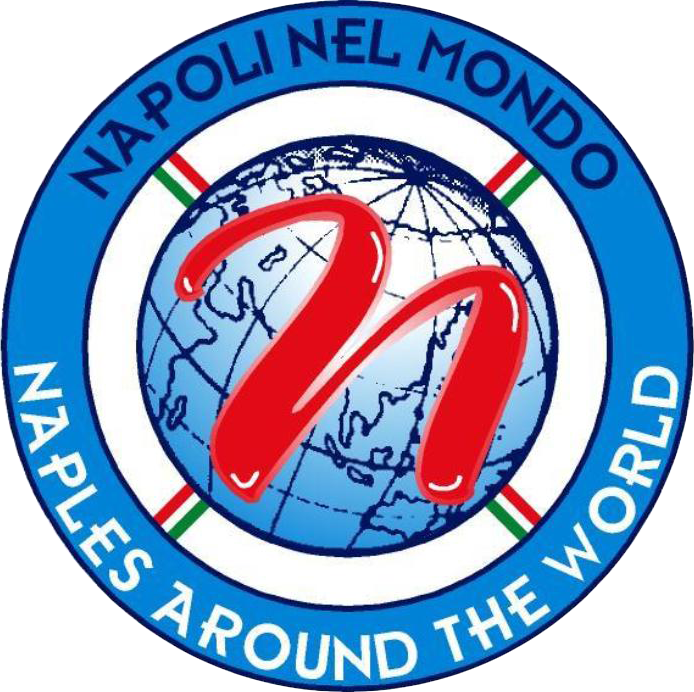
L’antica Neapolis è situata poco distante dall’isola Pigeon, agli inizi era dominata dagli Ionii e aveva la funzione di controllare gli scambi tra le città, essa è ritenuta essere il primo luogo abitato dell’area.
Fu poi posseduta dal popolo della vicino Efeso, dopo il periodo Ellencico, fu dominata dai Romani e poi dai Bizantini. Incorporata nella poco distante città di Kusadasi, perse la propria identità di città. Kusadasi divenne un importante porto commerciale e colonia d’oltremare sotto il dominio delle repubbliche marinare, Venezia e Genova e fu denominata ScalaNouva (Nuovo Porto) e nel medioevo fu sede di consolati e depositi.
Nel corso dei secoli, terremoti hanno devastato e modificato la zona causando l’affondamento dell’antico luogo, creando così una città sommersa.
Oggi, le uniche cose superstiti sono visibili sul luogo, come avanzi di mura o pezzi di ceramica; alcuni di essi, insieme a vasi di vetro risalenti all’epoca Romana o Bizantina o altre suppellettili rinvenute in Neapolis sono in mostra nel Museo di Efeso.
La città di Kusadasi, durante l’Impero Ottomano fu un poco arretrata verso le colline, per poi, agli inizi del XVII secolo, espandersi e prendere i contorni della attuale città. A quell’epoca l’imperatore Okuz Mehmet Pasha fece costruire la cinta muraria, un complesso religioso composto da una moschea,una locanda ed un bagno.
Oggi Kusadasi è meta turistica, facilmente raggiungibile e anche Neapolis, che è poco distante dal centro di essa, è facilmente raggiungibile e collegata da minibus con corse effettuate ogni tre minuti.
Neopolis is close to the center of Kusadasi, behind the Pigeon Island. Kadinlar Denizi minibuses pass through Neopolis in every 3 minutes. Ancient Neopolis stands as the second peninsula, little further to the Pigeon Island.The site was controlled by the Ionians and was functioning for controlling the trade between the cities. Neopolis was also reputed for the first inhabited area of Kusadasi. By the long years, earthquakes have disturbed the land causing the ancient site to sink under the clear waters of Kusadasi, creating a sunken city. Today, only a few remain can be noticed in the area. Ceramic pieces, wall remnants, clay and glassware pots dating back to the Roman and Byzantine periods have been revealed from Neopolis and are displayed in the Ephesus Museum.
Neapolis, which used to be owned by the people of Ephesus, but which, after an agreement with the people of Samos, was exchanged with Marathesion because it was nearer. Further on, there is the small town of Pygela, which was founded by Agamemnon. e had stationed some of his soldiers in this town than the name Pygela comes from an illness which caused Agamemnon’s men to suffer boils on their backsides. “Pygela” means backside in Greek.”
Distretto di Kuşadası
Turchia













